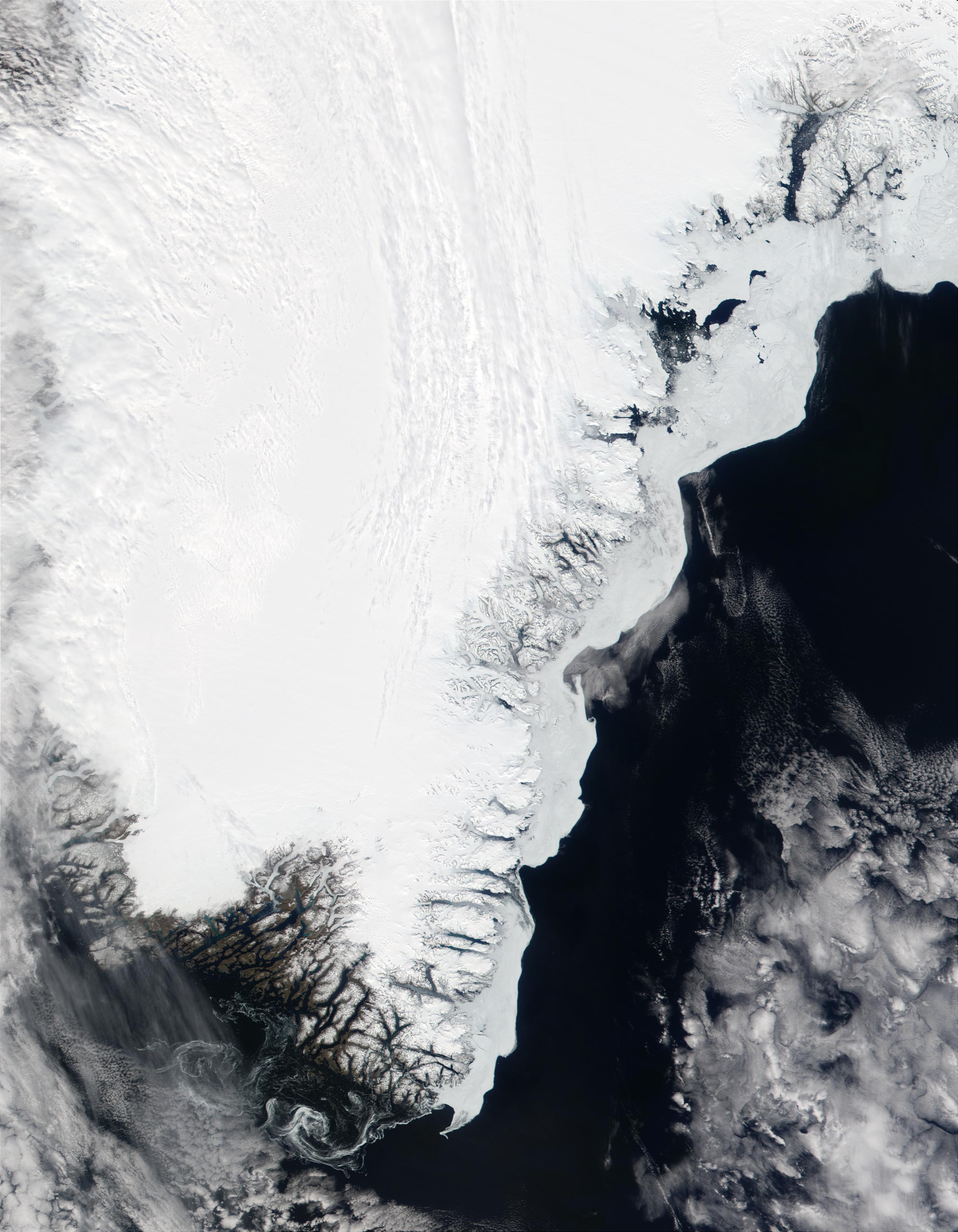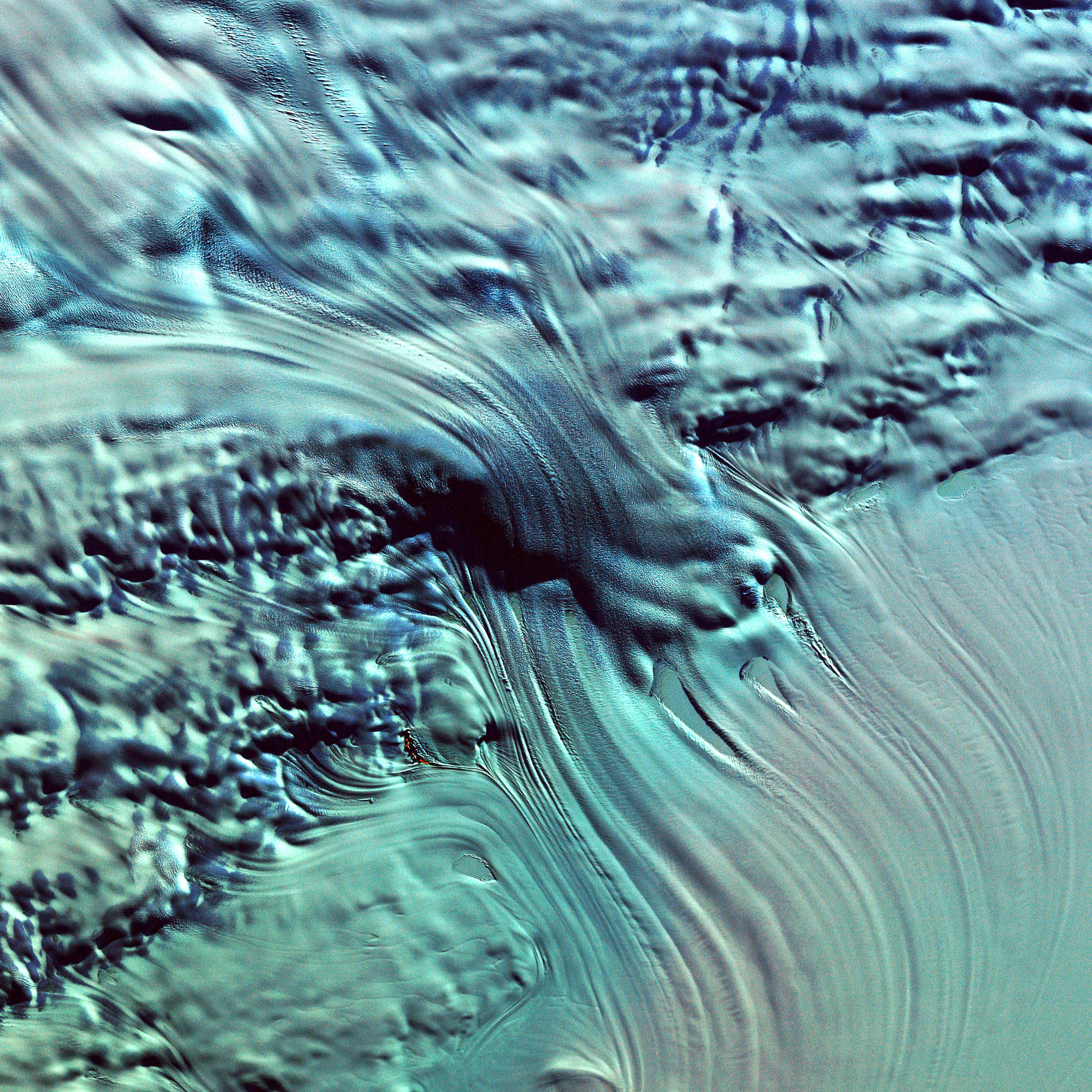


With less direct sunlight hitting these patches (and washing out other colors), more blue light from the sky was reflected by the snow. Notice the blue areas, where shadows fall on areas where snow has fallen. With the Sun low on the horizon, long shadows had spread across the lower slopes of the mountains when the Operational Land Imager (OLI) on Landsat 8 acquired the image. Over 50 different global datasets are represented with daily, weekly, and monthly snapshots, and images are available in a variety of formats.
#Nasa picture of the day ice fall download#
It advanced more than 3 miles (5 kilometers) in just the one-year period from April 2015 to April 2016. Welcome to NASA Earth Observations, where you can browse and download imagery of satellite data from NASAs Earth Observing System. But it started to speed up in 2010 and shifted into overdrive in 2014, traveling as much as 82 feet (25 meters) per day by late 2015. Feynman said he put some of the O ring material in a glass of ice water. A glacier at the western edge of the Vavilov Ice Cap in the high Russian Arctic had been creeping into the Kara Sea at a rate of a couple of inches per day. remote sensing, atmosphere, land processes, oceans, volcanoes, land cover, Earth science data, NASA, environmental processes, Blue Marble, global maps. On this muggy June morning, it's not a concern. In October, 10 hours of daylight is the average. NASA photos show an unusual plume of fire at or near a joint on the lower part. On a cold January or February day, he'd really be worried about rain on the acreage. This part of Khabarovsk territory often sees average highs in the -30s ☌ (-20s ☏) by December, a month when the area receives just 6 hours of daylight. The spruce and pine forests higher up in the hills, meanwhile, retained their green needles, as they will through the bitterly cold winter to come.ĭue to the frigid winds that sweep through in winter, the tallest mountains in this area are topped with short alpine vegetation and few trees. But the valleys had become more muted and brown by October, as leaves withered and dropped. In September, valleys in the area had burst with brilliant yellows and oranges as birches, larch, and other deciduous vegetation reached peak color. When the Landsat 8 satellite acquired this natural-color image of the Dzhugdzhur Mountains, chilly autumn and winter weather had begun to leave its mark on the remote landscape in Russia’s Far East.įall color had come and mostly gone.


 0 kommentar(er)
0 kommentar(er)
